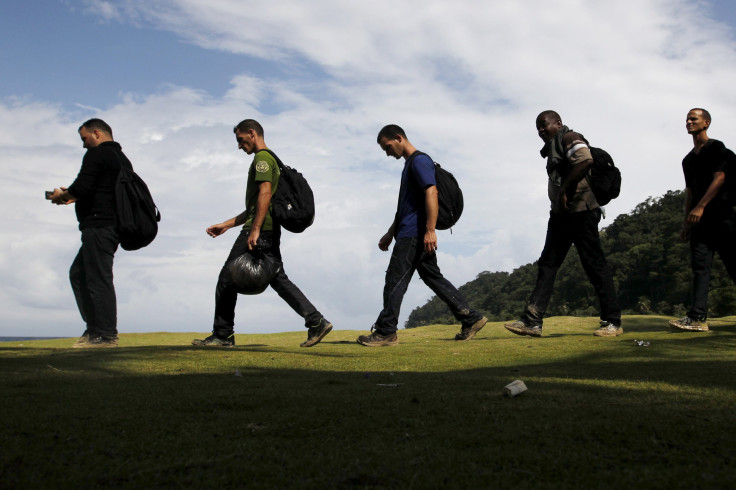
A large protest parade through southern Mexico, led by some 3,000 migrants, started out on Sunday, Apr. 23, to demand the closure of detention facilities like the one that caught fire last month and killed 40 migrants.
From the city of Tapachula, which is close to the Guatemalan border, the migrants set out. They claim that their goal is to arrive in Mexico City and demand that immigration policies be changed.
But historically, a large number of participants in such procession have carried on to the U.S. border, which is almost inevitably their destination. The majority of the migrants come from Colombia, Ecuador, Venezuela, Cuba, and Central America, AP News reported.
Tens of thousands of disgruntled migrants have been trapped in Tapachula by Mexican officials who have made it difficult for them to cross the border into the United States by imposing documentation requirements and setting up motorway checkpoints.
According to organizer Irineo Mújica, the migrants are requesting the dissolution of the nation's immigration agency, whose officers have been held accountable for the Mar. 27 fire and some have even been charged with homicide.
Jica referred to the immigration holding facilities as "jails."
The origins of the migrant caravan phenomena may be traced back to activists who, during Holy Week, organized processions, frequently with a religious theme, to stress the plight and needs of migrants. A small portion of individuals involved in 2018 actually made it all the way to the American border.
This year's mass walk began well after Holy Week had ended, but Mújica, a leader of the Pueblos Sin Fronteras activist group, called it a "Viacrucis," or stations of the cross procession, and some migrants carried wooden crosses.
Some migrants carried banners or crosses reading "Government Crime" and "The Government Killed Them."
The migrants made it only as far as the town of Alvaro Obregon, about 9 miles (14 kilometers) from Tapachula, before stopping to settle down and rest for the remainder of the day, after having walked from around dawn.
Mexican prosecutors have said they will press charges against the immigration agency's top national official, Francisco Garduño, who is scheduled to make a court appearance on Apr. 21.
According to federal prosecutors, Garduo was negligent for failing to stop the catastrophe in Ciudad Juarez despite earlier signs of issues at his organization's detention facilities.
Prosecutors said government audits had found "a pattern of irresponsibility and repeated omissions" in the immigration institute.
In order to protest a supposed relocation, a migrant is said to have set fire to foam mattresses in Ciudad Juarez, which is across the border from El Paso, Texas. The fire spread rapidly, filling the building with smoke. Nobody let the migrants out
Six National Immigration Institute employees, the center's security guard, and the immigrant from Venezuela suspected of lighting the fire are already in custody and are being held on homicide charges.
Migrants, particularly poorer ones who cannot afford to pay migrant smugglers, have often seen such mass walks, or caravans, as a way to reach the U.S. border.
Successive caravans grew to massive size in 2018 and 2019 before authorities in Mexico and Central America began stopping them off highways.
The COVID-19 pandemic also played a role in quashing the caravans, as countries instituted health restrictions.
© 2025 Latin Times. All rights reserved. Do not reproduce without permission.




